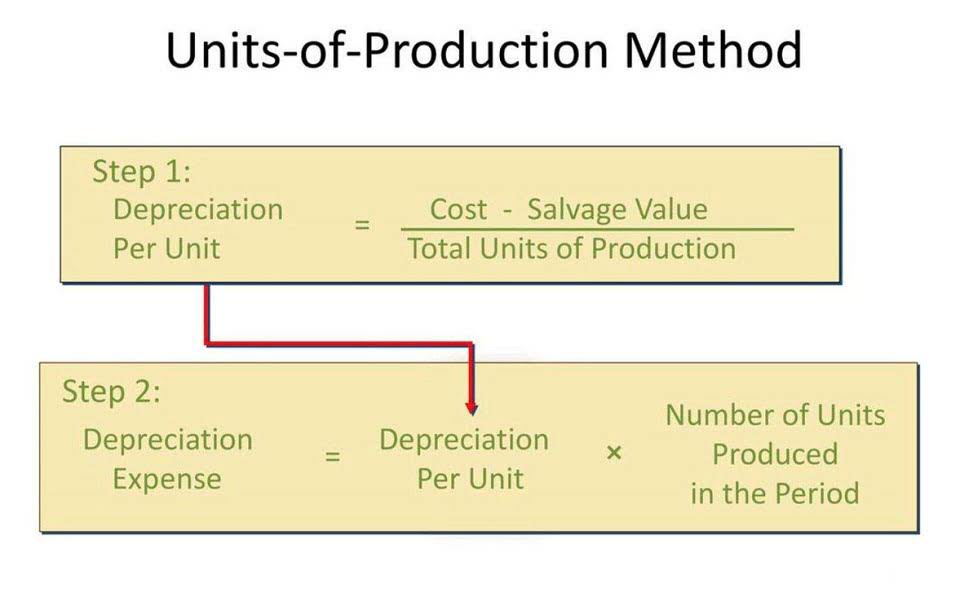
While these organizations don’t work for profit themselves, they advocate for better business conditions and policies for specific industries, types of companies, or geographic areas. These groups naturally have a significant interest in public policy related to their industries, so they’re allowed by law to advocate for policies and get involved in political issues. However, once again, this can’t be their primary mission, and donations are not tax-deductible.
We and our partners process data to provide:
Failure to file these required returns for three consecutive years can result in the automatic revocation of tax-exempt status. These organizations can take various forms, such as corporations, trusts, or unincorporated associations. While often referred to broadly as “charities,” the 501(c)(3) designation encompasses a wide range of entities, from churches and schools to hospitals and animal shelters. A key distinction for 501(c)(3) organizations, compared to other tax-exempt entities, is that donations made to them are generally tax-deductible for the donor. 5013c Organizations can get donations that donors can deduct from their taxes.
- A 501(c)(3) organization is a certain type of nonprofit that receives tax-exempt status from the IRS.
- This form shares important financial and operational details with the IRS.
- An IRS determination letter approving 501(c)(3) status officially acknowledges your organization as a tax-exempt nonprofit.
- The IRS uses the term scientific here, but it is better understood as scientific research.
- Every organization that qualifies for tax-exempt status under Section 501(c)(3) is classified as a private foundation unless it meets one of the exceptions listed in Section 509(a).
Examples of Successful 501(c) Organizations
- Even if you are still meeting the broad requirements, your organization can lose its status if it changes its focus and starts supporting a cause or community not included in its original mission statement.
- All revenue must be reinvested into the mission of the organization.
- While both public charities and private foundations are tax-exempt, they follow different financial rules.
- Examples include religious publishing houses and college bookstores.
- The total amount of donations to a tax-exempt public charity that an individual can claim is generally limited to 60% of their adjusted gross income (AGI) as of 2025.
- A 501(c)(3) organization represents a specific classification within the U.S. tax code, designating a type of non-profit entity recognized by the Internal Revenue Service (IRS).
Choosing the right structure requires careful planning to align with the intended organization’s purpose and long-term objectives. While both the nonprofit sector and for-profit businesses play essential roles in society, their structures, goals, and financial operations are fundamentally different. Nonprofits reinvest their revenue into how is sales tax calculated programs and services, often relying on donations, grants, and public funding, while for-profit businesses aim to maximize earnings for their owners or investors. A non-profit must be registered as a legal entity in its home state before applying for tax-exempt status.
Tax-deductible charitable contributions

Transparency is not just a compliance requirement; it’s also vital to building trust with donors, grantmakers, and the communities you serve. Securing 501(c)(3) status when starting your nonprofit is more than just a tax designation. It’s an affirmation of your organization’s commitment to serve the public good. From gaining the trust of donors and grantmakers to expanding your outreach and impact, the benefits can substantially elevate your nonprofit’s mission. Like federal law, most states allow for deductibility for state income tax purposes. Also, many states allow 501(c)(3) organizations to be exempt from property taxes and sales tax on purchases.

It’s important to remember that a continued sense of curiosity and hunger for knowledge is key to guaranteeing success in not only business but all industries. With respect to the Buyer’s operations, the IRS noted that the Buyer independently sets its own operating and capital budgets, independently issues debt, and independently expends funds. The Seller could not require the Buyer to spend money for any Seller purpose, and could not hire, QuickBooks Accountant fire or set the compensation of the Buyer’s employees. The Buyer was solely responsible for collection of its accounts receivable and payment of its liabilities.
- This means that businesses or groups who are primarily trying to sell products aren’t eligible for 501(c)(3) status even if their work is, for example, educational or literary.
- Nonprofits serve the public good, and they must put any extra money back into their mission instead of giving it to private individuals.
- This guide will go beyond surface-level definitions, offering a deep dive into 501(c)(3) organizations.
- An S Corporation is a Corporation (including Professional Corporations) or Limited Liability Company (LLC) that elects to have special tax treatment under Sub-Chapter S of the Internal Revenue Code.
- Focused on environmental conservation, the WWF uses its nonprofit status to raise funds for protecting endangered species and ecosystems.
Compliance Requirements

That way, you’ll get the answers you need to grow your organization. Certain activities or expenditures may not be prohibited depending on the facts and circumstances. 501(c)(4) organizations, which are also nonprofit, are social welfare groups and are permitted to engage in lobbying. A determination letter is sent after applying for the 501(c)(3) exemption. The IRS will only say that “applications are processed as quickly as possible” and “are processed in the order received by the IRS.” However, it does provide a list of 10 tips that can shorten the process. These include the interests of the creator, the creator’s family, shareholders of the organization, and other designated individuals.


